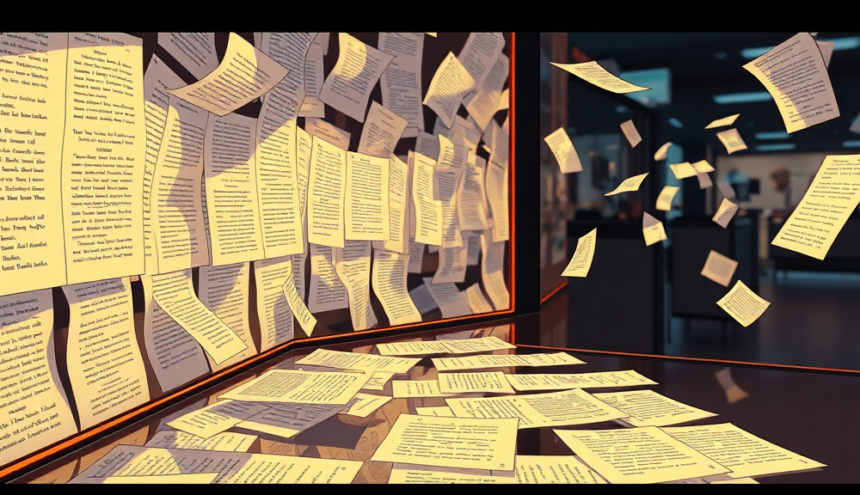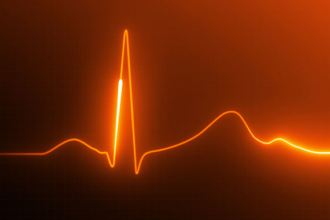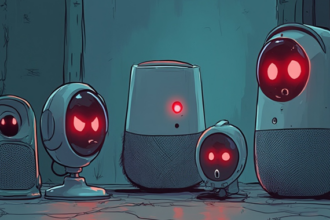Reflection 70B An open source large-scale language model (LLM) developed by HyperWrite. This new model introduces an approach to AI cognition that has the potential to transform the way we interact with and rely on AI systems in domains ranging from language processing to advanced problem solving.
Utilization Reflective Tuningis a breakthrough technology that allows a model to self-evaluate and correct its own mistakes in real time, and Reflection 70B has quickly risen to the top, outperforming proprietary models such as: GPT-4 and Claude 3.5 Sonnet Across multiple benchmarks, MMLU, Mathematicsand Human Eval.
The Reflection 70B is a rugged Frame 3.1-70B Although the architecture is different, what sets it apart is its self-improvement mechanism: through iterative cycles of reflection, error detection, and output refinement, the model mimics human cognition in unprecedented ways, pushing the limits of what AI can achieve. As a result, Reflection 70B not only delivers unparalleled accuracy, but also deeper insights into the decision-making process – a critical capability for applications where transparency and precision are paramount.
What is Reflection 70B?
The core of the Reflection 70B is Open source Llama 3.1-70B Instruct model from MetaBut what really sets this technology apart is its unique ability to perform a process similar to human reflexes, hence the name of the technology.Reflective TuningThis enables the model to identify and correct its own errors in real time, improving accuracy and reliability.
Matt SchumerHyperlite’s CEO calls the Reflection 70B “World-class open source AI models.But what makes this model so special, and why is it different from GPT-4 and Claude 3.5 SonnetLet’s explore.
Understanding Selective Reflection Tuning: A Paradigm Shift in AI Training
Selective reflex tuning is Order Adjustments,The goal is, Quality of teaching data and, Student Model Fine-tuning. Traditional methods often focus on improving the data itself, overlooking how well the enriched data pairs match the model’s learning goals. Selective Reflection Tuning Teacher and student collaborationwhere Teacher Model While analyzing the data to provide sophisticated instruction-response pairs, Student Model Evaluate and select only the improvements that best fit your training needs.
This process consists of two main phases:
- Reflecting selective instruction: The teacher model reflects on the instruction given the sample and generates an improved instruction-response pair. The student model then evaluates whether this new instruction is beneficial based on a metric called Difficulty following instructions (IFD)The IFD score assesses the difficulty of a sample of student models, ensuring that only data that adequately challenges the model are retained.
- Selective response reflexIn this stage, the teacher model mirrors the responses generated in the first stage. The student model evaluates these responses as follows: Reverse Instruction Difficulty (r-IFD)is a metric that measures how feasible it is for students to infer instructions based on their responses, ensuring that the responses not only improve the model’s inference but also match well with the student’s existing knowledge.
By applying both IFD and r-IFDSelective reflex tuning is challenging, yet FeasibleImproves the instruction tuning process without requiring additional data sets. Sample Efficiency and High performance LLM performs better than many large-scale models.
Architecture of Thought: How Reflection 70B “Thinks”
Reflection 70B’s underlying architecture takes AI inference to a new level by breaking down the thought process into multiple stages, where the model iteratively improves through self-reflection, similar to human cognition.
- Initial Data and ResponseThe model begins by generating a response to the given instruction. This initial output resembles a standard LLM output.
- Reflecting selective instructionAfter generating the initial response, the model Instruction reflection phaseThe teacher model reflects on the original instruction and suggests improvements; these suggestions are evaluated by the student model. IFD Score Determine whether the new command-response pair is suitable for further adjustment.
- Selective response reflexFollowing reflection on the instructions, the models refine their responses themselves. Here, the teacher model generates new responses based on the updated instructions. The student model r-IFD scoreEvaluate whether the new responses help you reason more efficiently about the instructions.
- Final Instructions AdjustmentOnce the best command-response pairs are selected, they are added to the final dataset used to fine-tune the model. This multi-step process ensures that only the most effective and consistent command-response pairs are included in the fine-tuning data.
this Structured reflection This process allows users to see how the model iterates through its thought processes, ensuring transparency and greatly improving accuracy and consistency in complex tasks.
Benchmark Brilliance: Reflection 70B in Action
Reflection 70B’s use of selective reflection tuning not only provides a more sophisticated training process, but also delivers industry-leading performance across multiple benchmarks. An iterative self-evaluation mechanism allows the model to outperform proprietary models of much larger size.
- MMLU (Massive Multitask Language Understanding): Reflection 70B performed excellently 72.2%It performs better than other large open source models such as LLaMA 2.
- Mathematics BenchmarksIn mathematical reasoning tasks, the model significantly outperformed GPT-4 and Claude 3.5, demonstrating its strength in handling complex problem-solving scenarios.
- IFEval and GSM8K: Reflection 70B also performs well IFEval,the Consistency of instructions and responses Evaluated, 8K…a mathematical problem-solving benchmark. Self-reflective tuning has enabled the model to handle complex and nuanced problems more effectively than larger competing models.
Utilizing Selective Reflection Tuning, the Reflection 70B demonstrates: Size isn’t the only factor Ability to achieve high performance Self-correction and reflection The results are Stronger and more consistent reasoningIt is possible to outperform models with more parameters.
Performance comparison of Recycle Wizard LM 7B with other models
Real World Applications: Unleashing the Potential of Reflection 70B
Reflection 70B’s real-time error correction and transparent decision making opens new doors in a variety of areas. Here are some real-world use cases:
Solving Complex Problems
Reflection 70B’s strength lies in its handling of complex problems. Consider a difficult mathematical query.
User: "Solve the equation: 2x^2 + 5x - 3 = 0" Reflection 70B:Applying the quadratic formula... A correction in calculation...
Culturally sensitive language translation
Unlike typical translation models, Reflection 70B adapts language translation to cultural context.
User: "Translate 'It's raining cats and dogs' to French, considering cultural context." Reflection 70B: thinking :The literal translation would be "Il pleut des chats et des chiens"...thinking; reflection: A culturally appropriate translation would be "Il pleut des cordes."reflection; output: Translation provided.
Improved code debugging and optimization
Reflection 70B’s error correction capabilities are ideal for debugging and optimizing your code.
User: "Debug this Python code..." Reflection 70B:Analyzing step by step... Identified infinite recursion.
Expanding the competitive environment for the 70B model
While Reflection 70B is getting a lot of buzz, it’s part of a broader ecosystem of 70 billion parameter models. Here’s how it compares to other models:
- Meta Llama 3.1-70B: A powerful foundation model known for general-purpose applications.
- Claude 2 70B (Humanity): Focused on ethical AI, it excels at reasoning and generating long-form content.
- GPT-3.5 70B (OpenAI): A lightweight version of GPT-4 that provides a good balance between performance and efficiency.
- Bloom 70B: Strong multilingual talent with training in natural and programming languages.
- Falcon 70B: Known for its efficiency in training and inference.
Running the 70B Model Efficiently: Latest Techniques
Running a model of this scale efficiently is not a trivial task. Here are some current strategies to maximize performance:
1. Quantization
Reducing the weight precision of your model reduces memory usage and inference time. 4-bit quantization Use technology Bits and Bytes This allows the Reflection 70B to run efficiently on smaller GPUs.
example:
from transformers import AutoModelForCausalLM
model = AutoModelForCausalLM.from_pretrained("meta-llama/Llama-2-70b-hf", load_in_4bit=True)
2. Model Sharding
Splitting the model across multiple GPUs (e.g. Deep Speed Zero) allows you to process larger models without exceeding your GPU memory.
from xformers.ops import memory_efficient_attention model.attention = memory_efficient_attention
3. Mixed Precision and Efficient Attention
Flash Attention and xformers It reduces attention overhead and improves processing time for large input sequences.
from xformers.ops import memory_efficient_attention model.attention = memory_efficient_attention
4. CPU Offload and Pruning
CPU Offload By pruning less important weights, the model can be run on more modest hardware while still maintaining performance.
from accelerate import cpu_offload model = cpu_offload(model)
Looking to the Future: A Future with Reflection 405B
The next frontier for HyperWrite is Reflection 405Bis a model that is expected to surpass Reflection 70B in both scale and performance, aiming to push the boundaries of open source AI and position it to challenge even the most advanced proprietary models like GPT-5.









